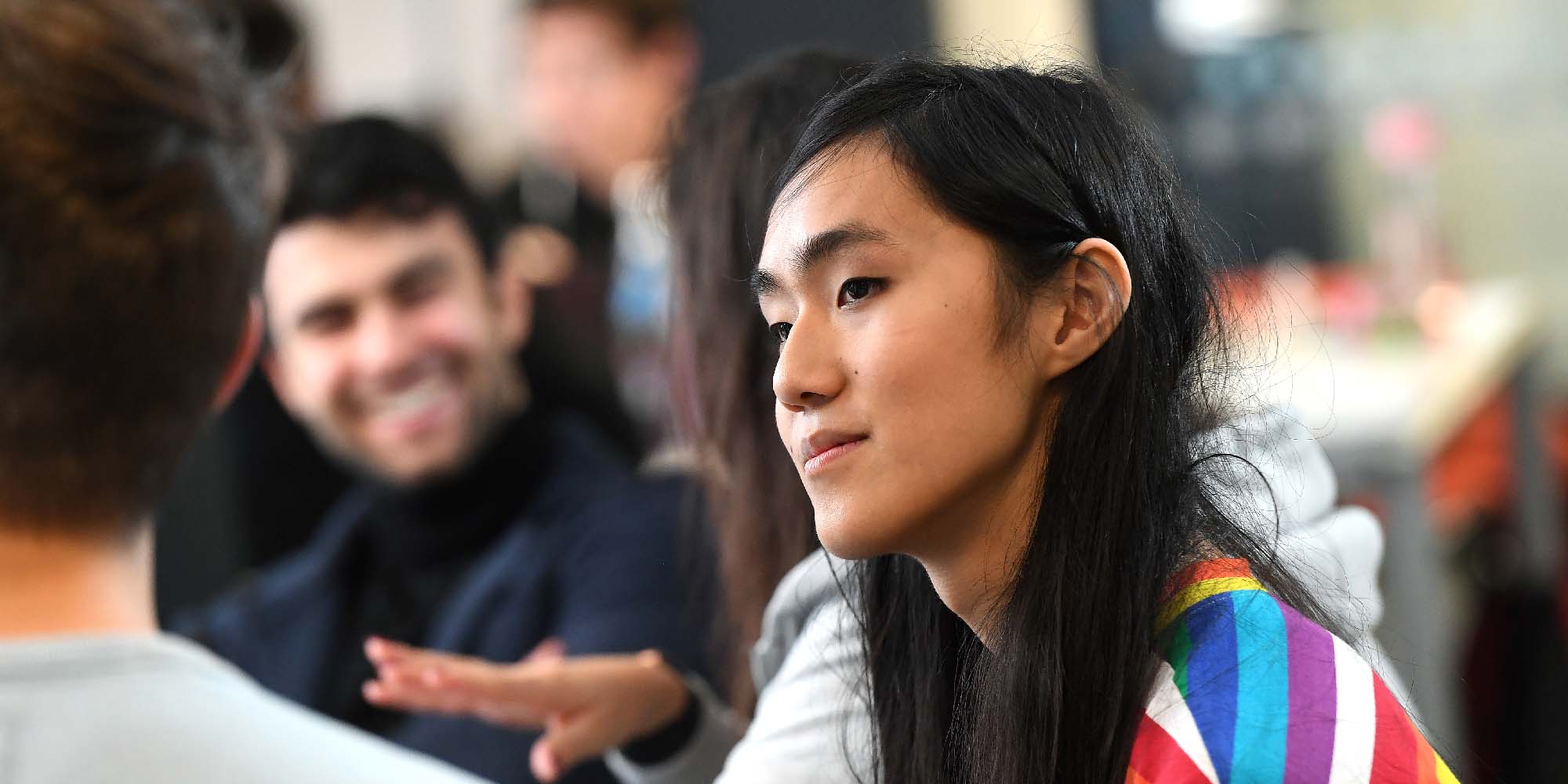Postgraduate research opportunities Novel laser designs to exploit low-cost-per-Watt pumping of Ti:sapphire for application in sensing, imaging, and precise timing technologies
ApplyKey facts
- Opens: Thursday 25 January 2024
- Deadline: Sunday 8 September 2024
- Number of places: 1
- Duration: 48 months
- Funding: Home fee, Stipend
Overview
The studentship will seek to exploit novel approaches to the design and engineering of high-performance and low-SWaP Ti:sapphire laser systems that are opened up by the move to a direct diode-laser pumping.Eligibility
As a minimum we require candidates to have a First-Class or 2:1 MPhys or MEng degree or an MSc with merit (over 60%) in a relevant area. Applicants who have a First-Class BSc/BEng (Hons) and can demonstrate significant relevant industry/research experience may also be considered.

Project Details
This studentship will build on the synergies between the parallel programmes at Fh-CAP and the IoP. The studentship programme will draw together expertise on the Fh-CAP side on practical, high performance diode-pumped Ti:sapphire systems in the ultrashort pulse and single frequency domains, with the work ongoing at the IoP on understanding the underpinning spectroscopic properties of Ti:Sapphire under diode laser pumping. The studentship will seek to exploit novel approaches to design and engineer a high-performance and low-SWaP Ti:sapphire laser. In particular, options here would involve semi-monolithic microchip-type cavity designs including waveguide geometries, novel mode-locking regimes including graphene mode-locking and broadband frequency comb generation from highly nonlinear fibers, master-oscillator-power-amplifier approaches and wavelength multiplexing of pump lasers for a high-power operation. Further, the studentship will look at various system stabilisation techniques and rugged architectures for overall system reliability and applications outside the laboratory environment. Such high-performance and low-cost laser apparatus will significantly advance a range of applications from quantum imaging, quantum-secure communications, precision time keeping and transfer, low-noise microwave generation and remote spectroscopy areas. This studentship will benefit from and contribute to a wider Fraunhofer CAP projects portfolio supported by Innovate UK, which involves multiple industry partners.
The applications focus of the studentships, and so the detail of the technical approaches investigated will depend on industrially driven demand when the studentship commences. While at this stage, the applications pull is towards the ultrafast, the approaches set out above would also be very relevant to single-frequency devices.
Fraunhofer Centre for Applied Photonics (Fh-CAP): Fraunhofer CAP develops lasers and optical systems for applications including energy, security, environment, sensing, space, life sciences and quantum technologies. The core competencies at Fraunhofer CAP extend from applied research and development through to design, testing and characterisation of systems and modules as well as building pre-production prototypes. Our principal aim is to perform industry driven research to enable new or improved products and processes for industrial partners. Photonics and optical technologies are enabling technologies which address a wide range of markets.
Institute of Photonics: The Institute of Photonics (IoP), part of the Department of Physics, is a centre of excellence in applications-oriented research at the University of Strathclyde. The Institute’s key objective is to bridge the gap between academic research and industrial applications and development in the area of photonics. The IoP is located in the £100M Technology and Innovation Centre on Strathclyde’s Glasgow city centre campus, at the heart of Glasgow’s Innovation District, where it is co-located with the UK’s first Fraunhofer Research Centre. Researchers at the IoP are active in a broad range of photonics fields under the areas of Photonic Devices, Advanced Lasers and Neurophotonics.
Strathclyde Physics is a member of SUPA, the Scottish Universities Physics Alliance.
The University of Strathclyde has, in recent years, been the recipient of the following awards: The Queen’s Anniversary Prizes for Higher and Further Education (2019 & 2021); The Times and The Sunday Times Scottish University of the Year (2020), Times Higher Education University of the Year 2012 & 2019.
Funding details
The funding covers the full stipend and tuition fees at the home rate (not the international rate). To be classed as a home student, applicants must meet the following criteria:
- Be a UK national (meeting residency requirements), or
- Have settled status, or
- Have pre-settled status (meeting residency requirements), or
- Have indefinite leave to remain or enter.
Supervisors
Primary supervisor: Dr Alex Lagatsky (Industrial Supervisor - Fraunhofer Centre for Applied Photonics)
Additional supervisor: Professor Alan Kemp (Academic Supervisor)
Apply
Applicants should send an up-to-date CV to iop@strath.ac.uk in the first instance.
Number of places: 1
To read how we process personal data, applicants can review our 'Privacy Notice for Student Applicants and Potential Applicants' on our Privacy notices' web page.

